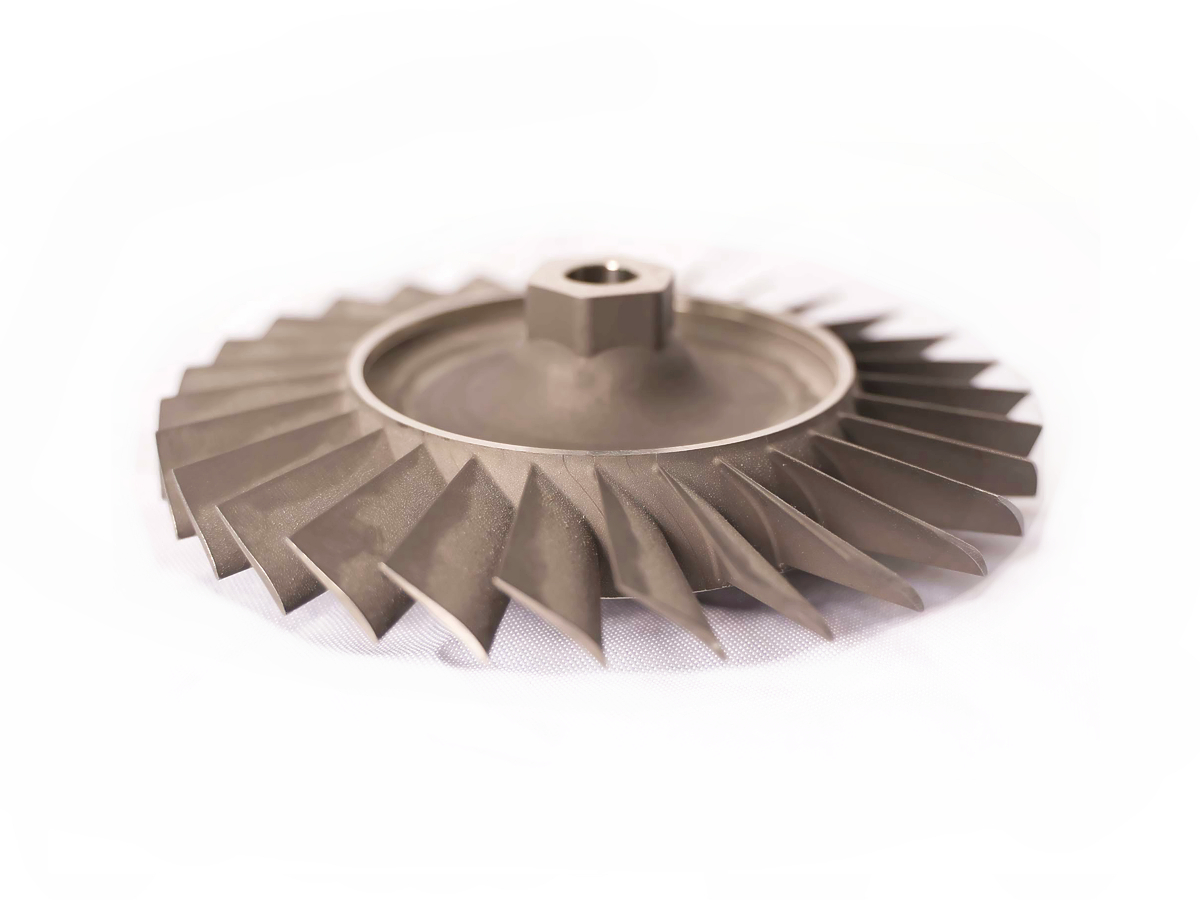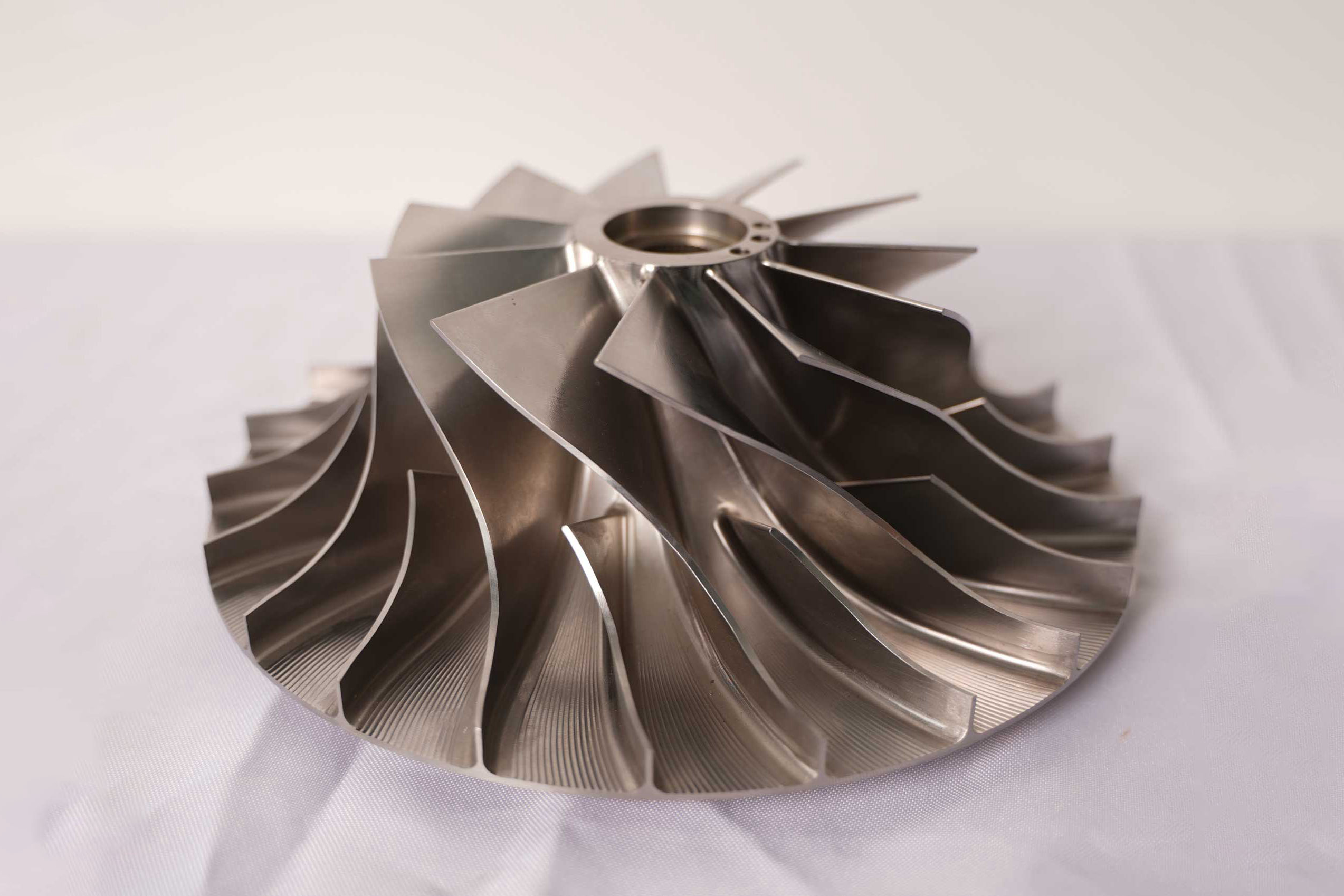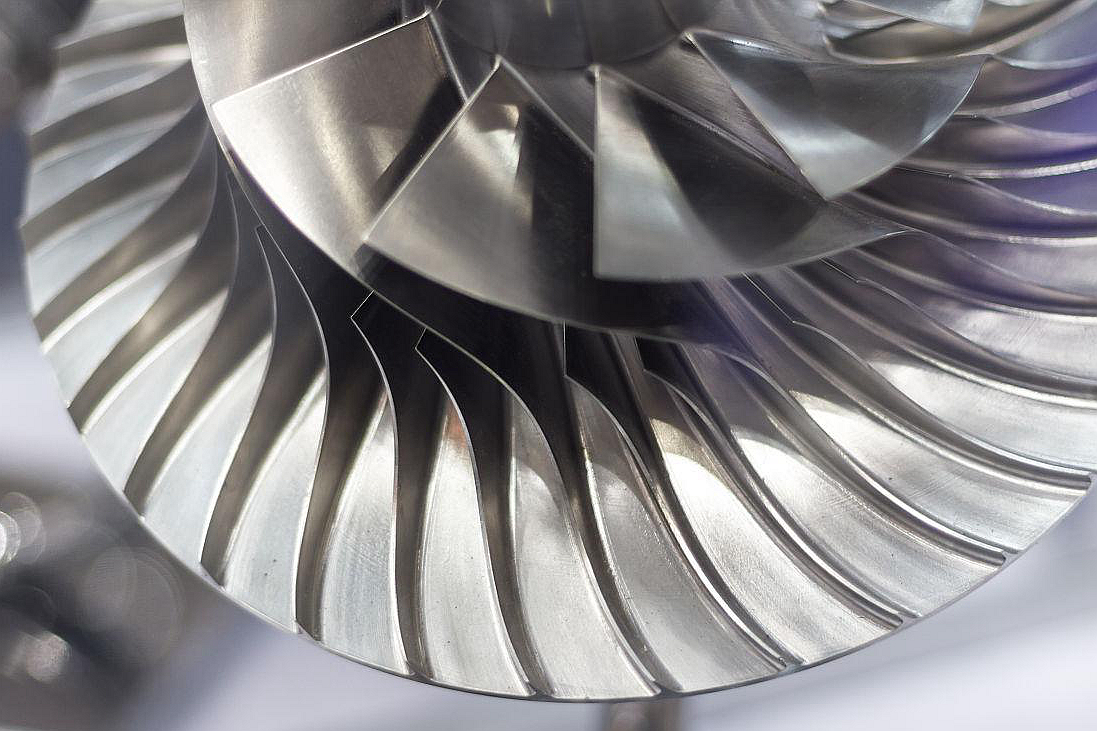Nimonic 105
Introduction to Nimonic 105
Nimonic 105 is a nickel-based superalloy known for its exceptional high-temperature strength, fatigue resistance, and structural stability under extreme operating conditions. It is strengthened by a high volume fraction of gamma prime (γ′) precipitates and solid solution hardening elements such as cobalt and molybdenum. This alloy performs reliably at temperatures up to 1050°C, making it ideal for gas turbine discs, jet engine components, and fasteners exposed to long-term thermal stress.
Nimonic 105 is typically processed through CNC machining services to achieve tight tolerances required in aerospace and energy systems. CNC machining offers the precision and repeatability necessary to manufacture complex geometries and critical parts from this high-strength material.
Chemical, Physical, and Mechanical Properties of Nimonic 105
Nimonic 105 (UNS N13021 / W.Nr. 2.4634 / BS HR6) is a precipitation-hardened, high-strength nickel alloy extensively used for high-load rotating parts at elevated temperatures.
Chemical Composition (Typical)
Element | Composition Range (wt.%) | Key Role |
|---|---|---|
Nickel (Ni) | Balance (≥50.0) | Provides corrosion resistance and matrix stability |
Cobalt (Co) | 19.0–21.0 | Enhances strength and fatigue life |
Chromium (Cr) | 14.0–16.0 | Provides oxidation resistance up to 1050°C |
Molybdenum (Mo) | 4.5–5.5 | Solid solution strengthening and creep resistance |
Titanium (Ti) | 1.0–1.5 | γ′ precipitation strengthening |
Aluminum (Al) | 4.5–5.5 | γ′ phase formation, improves high-temperature strength |
Carbon (C) | ≤0.12 | Forms carbides to resist creep |
Iron (Fe) | ≤1.0 | Residual element |
Manganese (Mn) | ≤1.0 | Improves hot workability |
Silicon (Si) | ≤1.0 | Supports oxidation resistance |
Boron (B) | ≤0.01 | Enhances grain boundary cohesion |
Zirconium (Zr) | ≤0.15 | Refines grain boundaries and boosts creep strength |
Physical Properties
Property | Value (Typical) | Test Standard/Condition |
|---|---|---|
Density | 8.25 g/cm³ | ASTM B311 |
Melting Range | 1335–1380°C | ASTM E1268 |
Thermal Conductivity | 11.8 W/m·K at 100°C | ASTM E1225 |
Electrical Resistivity | 1.10 µΩ·m at 20°C | ASTM B193 |
Thermal Expansion | 13.2 µm/m·°C (20–1000°C) | ASTM E228 |
Specific Heat Capacity | 435 J/kg·K at 20°C | ASTM E1269 |
Elastic Modulus | 210 GPa at 20°C | ASTM E111 |
Mechanical Properties (Solution Treated + Aged)
Property | Value (Typical) | Test Standard |
|---|---|---|
Tensile Strength | 1100–1300 MPa | ASTM E8/E8M |
Yield Strength (0.2%) | 850–960 MPa | ASTM E8/E8M |
Elongation | ≥15% | ASTM E8/E8M |
Hardness | 260–290 HB | ASTM E10 |
Creep Rupture Strength | 230 MPa at 950°C (1000h) | ASTM E139 |
Fatigue Resistance | Excellent | ASTM E466 |
Key Characteristics of Nimonic 105
Exceptional High-Temperature Strength Maintains tensile strength above 1100 MPa and yield strength over 850 MPa at service temperatures up to 950°C.
Creep and Fatigue Resistance Creep rupture strength exceeds 230 MPa at 950°C for 1000 hours, ensuring prolonged thermal and mechanical load stability.
Gamma Prime Strengthening A high volume fraction of Ni₃(Al,Ti) γ′ phase improves strength retention at elevated temperatures and resists microstructural degradation.
Oxidation Resistance Cr₂O₃ protective oxide layer enables long-term resistance to oxidation and scaling in turbine environments up to 1050°C.
Dimensional Stability Low thermal expansion coefficient (13.2 µm/m·°C) minimizes thermal distortion during cyclic heating.
CNC Machining Challenges and Solutions for Nimonic 105
Machining Challenges
Tool Wear and Fracture
γ′ precipitates and Mo-rich phases cause intense flank wear and crater formation in uncoated tools.
Heat Retention
Low thermal conductivity results in elevated tool temperatures and rapid edge failure under aggressive cutting.
Strain Hardening
Surface hardness increases significantly during machining, complicating multi-pass finishing operations.
Optimized Machining Strategies
Tool Selection
Parameter | Recommendation | Rationale |
|---|---|---|
Tool Material | Carbide (K20-K30), ceramic or CBN for finishing | High hot hardness and toughness |
Coating | TiAlN or AlCrN (3–5 µm) | Reduces wear and heat penetration |
Geometry | Positive rake (6–8°), honed cutting edge (~0.05 mm) | Controls chip load and deflection |
Cutting Parameters (ISO 3685 Compliant)
Operation | Speed (m/min) | Feed (mm/rev) | Depth of Cut (mm) | Coolant Pressure (bar) |
|---|---|---|---|---|
Roughing | 12–18 | 0.15–0.25 | 2.0–3.0 | 100–120 |
Finishing | 25–35 | 0.05–0.10 | 0.5–1.0 | 120–150 |
Surface Treatment for Machined Nimonic 105 Parts
Hot Isostatic Pressing (HIP)
HIP eliminates porosity and enhances fatigue life by >20%, especially critical for turbine discs and combustor parts.
Heat Treatment
Heat Treatment involves solution annealing at ~1140°C followed by aging at 850°C to promote optimal γ′ precipitation.
Superalloy Welding
Superalloy Welding with ERNiCrCoMo-1 filler provides joints with >90% base metal strength and minimal microsegregation.
Thermal Barrier Coating (TBC)
TBC Coating applies a 100–300 µm YSZ layer to reduce heat absorption in turbine airfoils.
Electrical Discharge Machining (EDM)
EDM enables micro-feature resolution down to ±0.005 mm without thermally damaging hardened zones.
Deep Hole Drilling
Deep Hole Drilling achieves L/D >30:1 with concentricity deviation <0.3 mm/m for cooling passages and fuel lines.
Material Testing and Analysis
Material Testing includes creep rupture testing at 950°C, SEM microstructure validation, and ultrasonic flaw detection to ensure defect-free critical components.
Industry Applications of Nimonic 105 Components
Aerospace Turbine Engines: Turbine discs, exhaust nozzles, and blade roots in jet propulsion systems.
Power Generation: Turbine shafts, bolts, and seals for high-temperature steam cycles.
Nuclear Reactors: High-pressure, radiation-resistant fastening systems and support brackets.
Automotive Performance: Turbocharger components, heat shields, and engine valve seats.
Industrial Gas Turbines: High-speed rotating components exposed to thermal cycling and vibration.
FAQs
What is the optimal CNC tool selection for machining high-strength Nimonic 105 components with tight tolerances?
How can dimensional stability be ensured during multi-pass machining of Nimonic 105 parts?
What post-machining heat treatments are required to maximize creep resistance in turbine hardware?
Can Nimonic 105 components be reliably welded and re-machined for repair in power systems?
What testing standards are followed to validate CNC-machined Nimonic 105 parts for aerospace certification?



